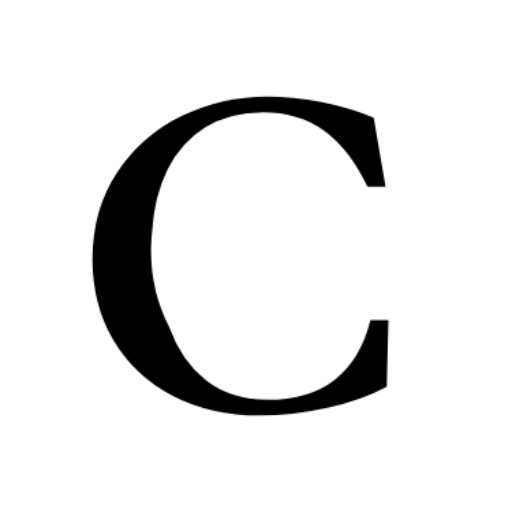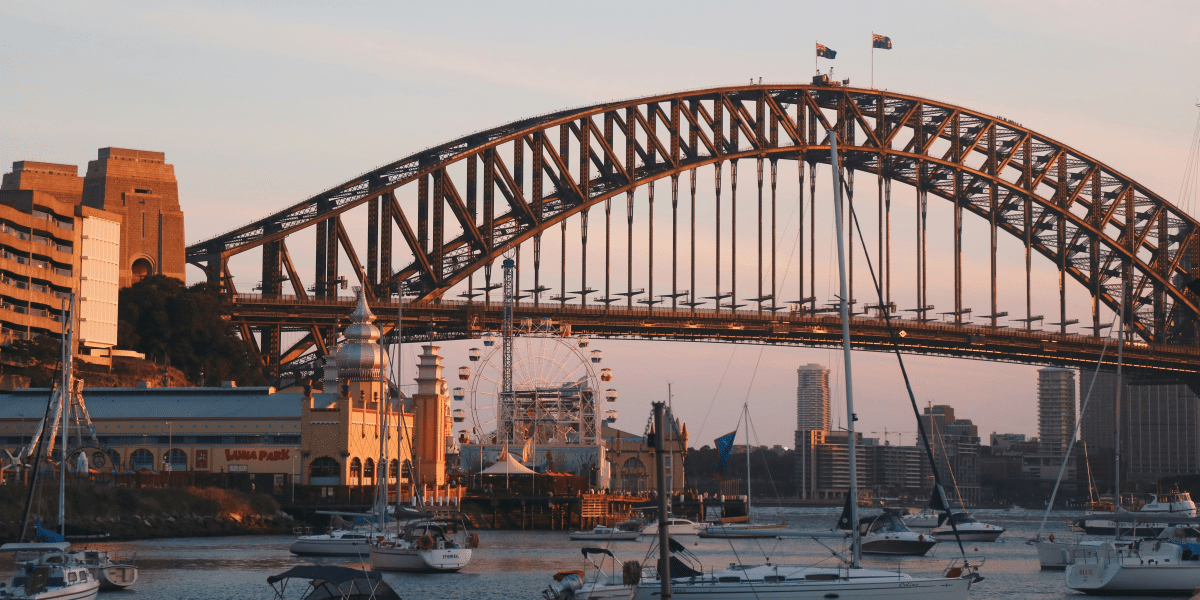When faced with water damage in Chicago, taking immediate action to mitigate further damage and begin the recovery process is important. This includes locating the source of the water and shutting it off, turning off the power to ensure safety, and contacting your insurance company to start the claims process.
In this article, we will guide you through the necessary steps to recover from water damage, from identifying the source of the water to restoring and preventing future damage. By following these guidelines, you can minimize the impact of water damage and restore your property to its pre-damage condition.
Key Takeaways:
- Act quickly to mitigate further damage by locating the water source and shutting it off.
- Ensure safety by turning off the power and contacting your insurance company to start the claims process.
- Document the damage and contact your homeowner’s insurance company for assistance.
- Remove wet items and start the drying process using fans and dehumidifiers.
- Consider enlisting the help of professionals for water restoration and mold remediation.
Locating the Source
When faced with water damage, one of the first steps in the recovery process is to locate the source of the water. Understanding where the water is coming from will help determine the extent of the damage and the necessary steps for cleanup and restoration.
Common Water Sources
- Broken Pipe: A broken or burst pipe can lead to significant water damage. Inspect your plumbing system to identify any leaking or damaged pipes.
- Foundation Cracks: Cracks in your foundation can allow water to seep into your home. Check for any visible cracks or signs of moisture along the foundation walls.
- Sewer Backup: A sewer backup can result in contaminated water entering your property. If you notice sewage smells or backups in your drains, it may indicate a sewer line issue.
By identifying the specific water source, you can better assess the risks associated with the water damage and take appropriate measures to mitigate further damage.
Remember, water damage can sometimes be deceptive, with the source not always immediately apparent. In such cases, it may be necessary to consult with a professional to accurately identify the source and address the issue effectively.
Next, we will explore safety precautions when dealing with water damage.
Safety Precautions
When dealing with water damage, safety should be your top priority. Taking the necessary precautions can prevent accidents and further damage to your property. Here are some essential safety measures to follow:
- Turn off the power: Before entering any water-damaged area, make sure to turn off the power to avoid electrical hazards. Water and electricity do not mix well, and the combination can be extremely dangerous. Locate your circuit panel and shut off the power supply to the affected area.
- Unplug electrical devices: In addition to turning off the power, unplug any electrical devices or appliances in the water-damaged area. This includes TVs, computers, lamps, and kitchen appliances. Water can cause severe damage to electronic devices and pose a risk of electrocution.
- Contact your utility company: If the circuit panel is located within the water-damaged area or you are unsure about turning off the power, it is recommended that you contact your utility company for assistance. They can guide you through the process of safely disconnecting the power.
- Avoid standing water: Standing water can hide hazards such as sharp objects, broken glass, or even contaminants. It is crucial to avoid walking or standing in the water until it has been properly assessed and removed. If necessary, wear protective gear such as rubber boots and gloves.
By following these safety precautions, you can minimize the risks associated with water damage and ensure the well-being of yourself and others.
Contacting the Insurance Company
When faced with water damage in your home, one of the first things you should do is contact your homeowner’s insurance company. Reporting the damage to your insurance provider is essential for starting the claims process and getting the assistance you need to recover from the incident.
Homeowner’s insurance policies typically cover different types of water damage, such as burst pipes, appliance leaks, or plumbing issues. Reviewing your policy to understand what is covered and any specific requirements for filing a claim is important.
When contacting your insurance company, be prepared to provide them with detailed documentation of the damage. This can include photographs, videos, or written descriptions of the affected areas and any items that have been damaged. Having clear and comprehensive documentation will help the insurance adjuster assess the extent of the damage and determine the appropriate coverage for your claim.
Remember to keep records of all communication with your insurance company, including the date and time of each interaction, the names of the representatives you speak with, and any important information or instructions they provide. This will help ensure a smooth and efficient claims process as you work towards restoring your home.
Water Removal and Drying
Once you have addressed the water source and contacted your insurance company, it’s important to focus on removing wet items and starting the drying process. Here are some steps to follow:
- Remove wet items: Begin by removing any items affected by the water. This includes furniture, rugs, clothes, and other belongings. Take caution when handling wet items as they can be heavy and may also contain contaminants.
- Identify salvageable items: As you remove wet items, assess which ones can be salvaged. Some items may be able to be dried and cleaned, while others may need to be discarded due to extensive damage or contamination.
- Start the drying process: Open windows and doors to promote airflow and ventilation. Additionally, utilize fans and dehumidifiers to expedite the drying process. Position fans to blow air directly onto wet surfaces and use dehumidifiers to reduce moisture in the air.
By removing wet items and implementing proper drying techniques, you can minimize the risk of mold growth and further damage. It’s important to act quickly as mold can begin to develop within 24 to 48 hours in a moist environment.
Remember to wear appropriate protective gear, such as gloves and masks, when handling wet items to protect yourself from potential hazards. If you’re unsure about the extent of the damage or need assistance, consider contacting a water damage restoration professional who can provide expertise and guidance throughout the process.
Restoration and Prevention
As you reach the final stages of water damage recovery, it may be necessary to seek the assistance of a water restoration professional in Chicago, like Clean USA. These experts have the knowledge, experience, and specialized equipment to efficiently restore the affected areas of your home. They will assess the extent of the damage and develop a comprehensive plan to restore and rebuild, ensuring that your property is returned to its pre-damaged state. They also provide water damage restoration in Aurora, IL, and water damage cleanup in Naperville, IL.
In addition to water restoration professionals, involving a mold specialist in the process is crucial. Excess moisture can lead to the growth of mold, which can cause significant health issues and further damage to your home. A mold specialist will conduct thorough inspections, identify any existing mold growth, and implement effective remediation strategies to ensure that your home is safe and free from mold.
During the restoration phase, cleaning and sanitizing are essential to eliminate any remaining contaminants and restore a healthy living environment. Professional teams will use industry-approved cleaning agents and techniques to thoroughly clean and sanitize every surface, ensuring your home is safe for you and your family.
Finally, to prevent future water damage, it is important to address any necessary repairs or renovations. This may involve improving drainage systems, repairing faulty appliances or plumbing, and conducting regular inspections to identify potential issues before they escalate. By taking proactive measures and implementing preventive strategies, you can safeguard your property against future water damage and ensure its long-term integrity.
FAQ
How do you recover from water damage?
To recover from water damage, you should take immediate action to mitigate further damage and begin the recovery process. This includes locating the source of the water, turning off the power, and contacting your insurance company.
What is the first step in recovering from water damage?
The first step is locating the source of the water. This could be a broken pipe, foundation cracks, or a sewer backup. Understanding where the water is coming from will determine the necessary steps for cleanup and restoration.
Why is it important to turn off the power after water damage?
Turning off the power is crucial for safety to prevent electrical hazards. If the circuit panel is in the affected area, it is recommended that you contact your utility company for assistance. An electrician should inspect the wiring and damaged appliances before restoring power.
Should I contact my insurance company after water damage?
Yes, it is important to contact your homeowner’s insurance company to report the water damage. While flood insurance may not cover natural events like hurricanes, you may be covered for other types of water damage. Documenting the damage will assist the insurance adjuster in the claims process.
How can I remove water and start the drying process?
Remove wet items as quickly as possible and use fans, dehumidifiers, and open windows to expedite the drying process. Salvageable items should be removed, while carpet and other porous materials may need to be discarded to prevent mold growth. Clean USA offers carpet cleaning in Chicago after cleaning up water damage as well.
When should I enlist the help of water restoration professionals?
If the water damage is extensive or if there is a risk of mold growth, it may be necessary to enlist the help of water restoration professionals and mold specialists. They have the expertise and equipment to restore the affected areas efficiently.
What should be done after the space is cleaned and sanitized?
After cleaning and sanitizing, address any necessary repairs or renovations to prevent future water damage. This could include improving drainage, repairing faulty appliances or plumbing, and conducting regular inspections to ensure the integrity of your home.







